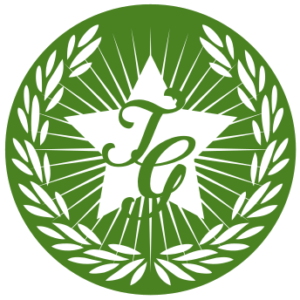The feather

Photo of a small white feather suspended in the air. There is a mass of green, blurry plants in the background.
Once upon a time, there were feathers dangling like this everywhere. They were suspended at different levels, so you’d never know where on your body you might get tickled. Some people were so sensitive to it, that they spent their lives crawling on their bellies. Those people eventually evolved into snakes and other low lying reptiles.
Back then, the species that didn’t have fur used to map all their journeys to maximise feather tickling. They’d often develop elaborate dances and take the extra long way, just to pass by their favourite feather or two. Things were better for people then, because capitalism didn’t exist, and no one lived or worked in a cubicle. People just twisted and turned through forests of feathers before getting on with whatever it was that needed doing.
People twirled much more back then. They would stick their arms out wide, tip their heads back, and turn. Not fast like a dervish, but slow – so slow, as if they were in a dream. They did it all for the touch and tickles of the feathers. It was a time when sensation was the highest principle of all, and everyone, from the most adept mystic to the youngest of children, lived their life in accordance with it.
People also made their decisions with the feathers. They would walk their long, slow loops through the feather forests ruminating on a topic. Eventually, the touch of the feathers would open a door in their mind and they would know which thing to do, think, or say. Always the meditation was to drift and feel until they knew. Always the feathers revealed to them a higher wisdom.
No one knew where the feathers came from. They just were, in the same way that a lilac tree or a rose bush were. The people appreciated them in the same way: absorbing the feathery feelings the way they absorbed the aromas of the flowers. The people were better at adoration then, as slow time made for slow love made for mountains of experiential treasure.
In those days, birds didn’t have feathers. They had wrinkly old skin like the rest of the non-furry us. Birds displayed their love of beauty by frequenting the places where humans made dye. They would trade some nuts or an unfertilised egg for a stripe of this colour or that. Some of the more theatrical types would bring leaves to the glue makers and get them to create imposing designs all over their heads, little mantis-arms, and bodies.
One day, one of the recently be-leaved birds, Rudy, was enjoying a bit of a tickle in her favourite thicket of feathers when one of the leaves fell off the still soft glue and was replaced by a feather. Rudy didn’t notice at first; it was only when she got home and discovered a bunch of ladybirds trailing after her in delight, that she had the idea which would spell loss and disaster for the rest of us.
Rudy had the keynote during that month’s Conference of the Birds, and she dazzled her captive audience with tales of enhanced bonding with her mate through the proximity to, and permanent availability of, feathery tickles. Much preening was done and more than one bird noted how the ladybird entourage also made easy pickings for food.
In the weeks that followed, more and more birds opted for glue and leaves rather than brushstrokes of dye, and then quickly ran to the nearest thicket of feathers. Next thing the world knew, the birds had a monopoly on feathers and the rest of the people began to lose touch with sensation. The only ones whose lives were not transformed were the furry creatures. They went on tickling their own-selves, snuffling the remaining feathers, and lolling about as if nothing had ever happened.
Ever since then, people have rushed from indoors to indoors, until eventually they invented the cubicle. It’s a sad fate and I’m trying really hard not to blame the birds as they weren’t to know that the feathers wouldn’t regrow. Nowadays, you have to walk for a long, long time before you happen upon a feather such as the one I have photographed here near Knepp Park. When you do find one, try your hardest to not dislodge it when you have a little tickle, so that the rest of us can root in sensation and remember the joy we once had as a species.
Listen to me read this story:
